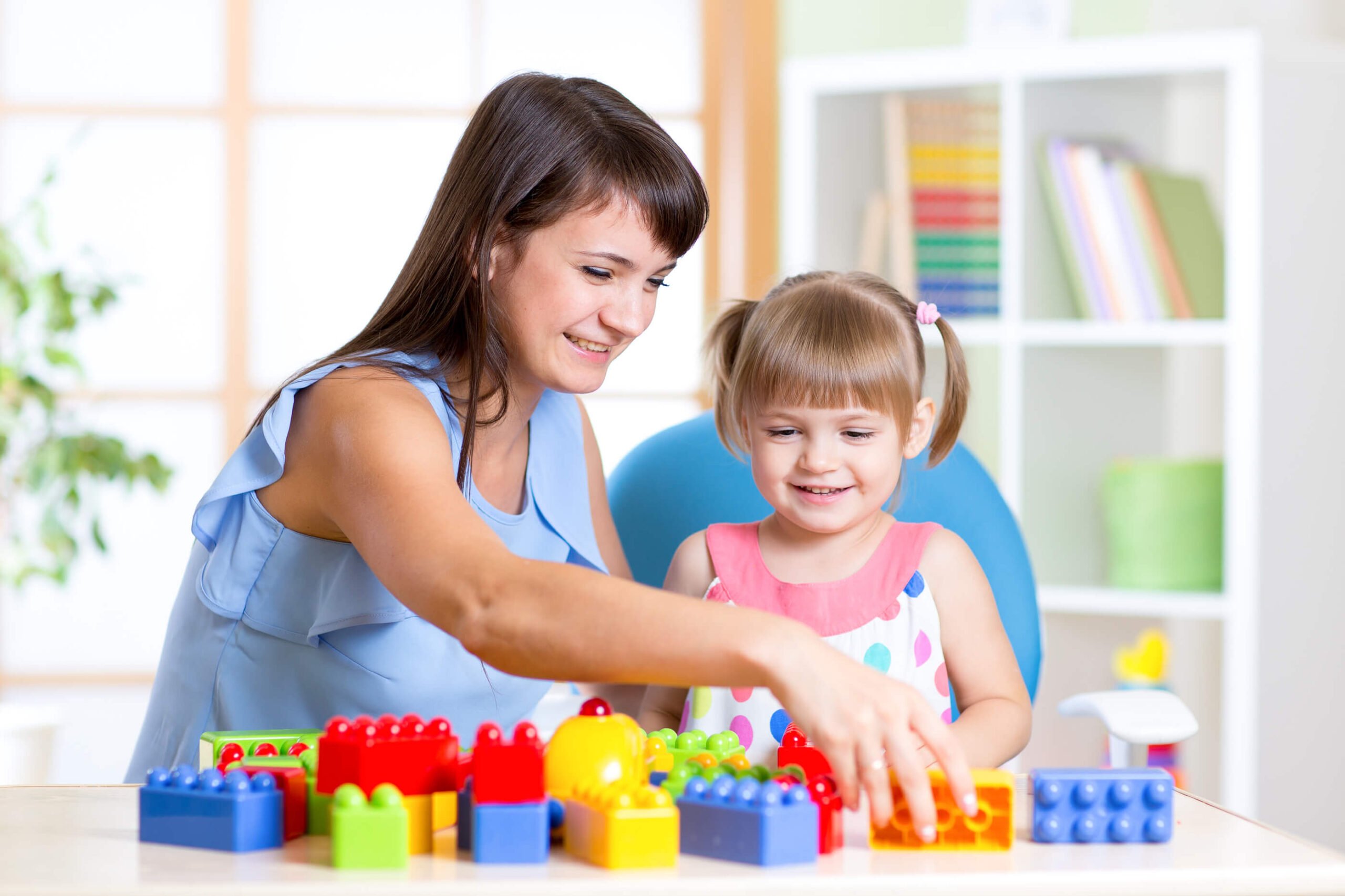Many child psychiatrists and psychologists believe that play therapy is an integral way to teach social skills, calm anxiety, and improve self-esteem in children with ADHD and related neurobiological conditions. Here, learn about the toys, techniques, and activities parents can use at home to play smarter.
What Is Play Therapy?
Play has long been used as an alternative therapy tool to treat symptoms of children with problems such as attention deficit hyperactivity disorder (ADHD or ADD) and mood and anxiety disorders. Child psychiatrists and psychologists have long believed that playtime can be used for children to connect, learn, provide reassurance, calm anxiety, and, perhaps, improve self-esteem. Very young children express themselves through play, when meaningful discourse is not possible. Conversely, play is an indirect way for therapists to recast children’s perceptions, cognitions, and behaviors. As Carol Brady, Ph.D., a child psychologist practicing in Houston, says: “Children communicate metaphorically through play. As a therapeutic tool, it’s like giving a sugary pill instead of a bitter one.”
How Play Therapy Will Help at Home
Playing with a young child is essential for her to feel connected, secure, and attached. At home, playful parenting defuses power struggles and turns tense situations into enjoyable ones.
“Kids with ADHD hear lots of ‘Nos’ and ‘Be carefuls,’ and ‘Don’t do thats,’” says Lawrence J. Cohen, Ph.D., author of Playful Parenting (#CommissionsEarned). “Constantly being told ‘no,’ or having to hold themselves back, puts a strain on kids. This causes their symptoms to get worse.”
Play is a child’s natural way of recovering from daily emotional upheavals. While Cohen agrees that there are teachable moments, playtime is more about relationship building. “No child, with or without ADHD, readily comes up to me and tells me what’s on his mind,” he says. “If we don’t allow children to make this connection through play, they connect in a way that is aggravating and intrusive, and then we get into punishment mode.” Sound familiar?
Children with ADHD pose special challenges for potentially playful parents. Because of executive function challenges, they often find it hard to follow rules and stay with a project from start to finish. What’s more, their style of playing may spin out of control. “Enough already,” the exasperated parent might say. “If you can’t play this game right, we’re not going to play at all.” But it’s important to let them play freely. Otherwise, they get the message, “You’re not normal. I don’t want to play with you.”
Play Therapy Techniques to Use at Home
Parents should follow their children’s lead. For the distractible child, who needs to expand his ability to stick with things, try engaging in narrative play with dolls or animal figures. “Let your child tell you what he wants to do,” says Cohen. “Let him be enthusiastic and not so worried about whether he is pleasing you.” It’s a balancing act. Your child should lead the way during playtime, and when he gets off track, gently redirect her back to what you were doing.
Writer and mother Megan Tietz found that a little play therapy with her two girls improves their behavior and attitude. She recommends four games:
Start With Play
I start the day by taking my girls outside and playing with them. We run in the grass, we dig in the dirt, we color the sidewalks with chalk, and then we head inside for baths, ready to start the day. I have noticed less whining and clinginess since we started this routine.
Toys That Help
Both of my girls adore puppets, which can redirect their emotions when they’re angry or sad. I transform my hand into a puppet character that can swoop in and intervene whenever it is called upon. A hand that talks in a silly voice gets my children to smile — and to reframe an upsetting situation.
Shake It Out
When mean words start flying, I say to the grouchy child, “Oh, no! Listen to those Meanies coming out of you. Let’s just shake them all out right now!” Then I scoop her up in my arms, flip her upside down, and gently shake the crankies away. Neither of my girls can resist it — and the one who wasn’t being grouchy usually wants a good shaking, too!
Fantasy Play
One day our two-year-old was angry about not being able to go to the zoo. Instead of trying to explain that it was too hot for the animals to be out, and we would all be cranky and disappointed, I said, “I wish we had a zoo in our backyard. Wouldn’t that be so cool? What animals would you like to have in a backyard zoo? Oh, yes, definitely crocodiles. How about giraffes? Yes, and hippos, too! Hey, let’s draw a picture of our backyard zoo!” Creating a fantasy smoothes over feelings of frustration and disappointment that are often the source of unpleasant behaviors.

